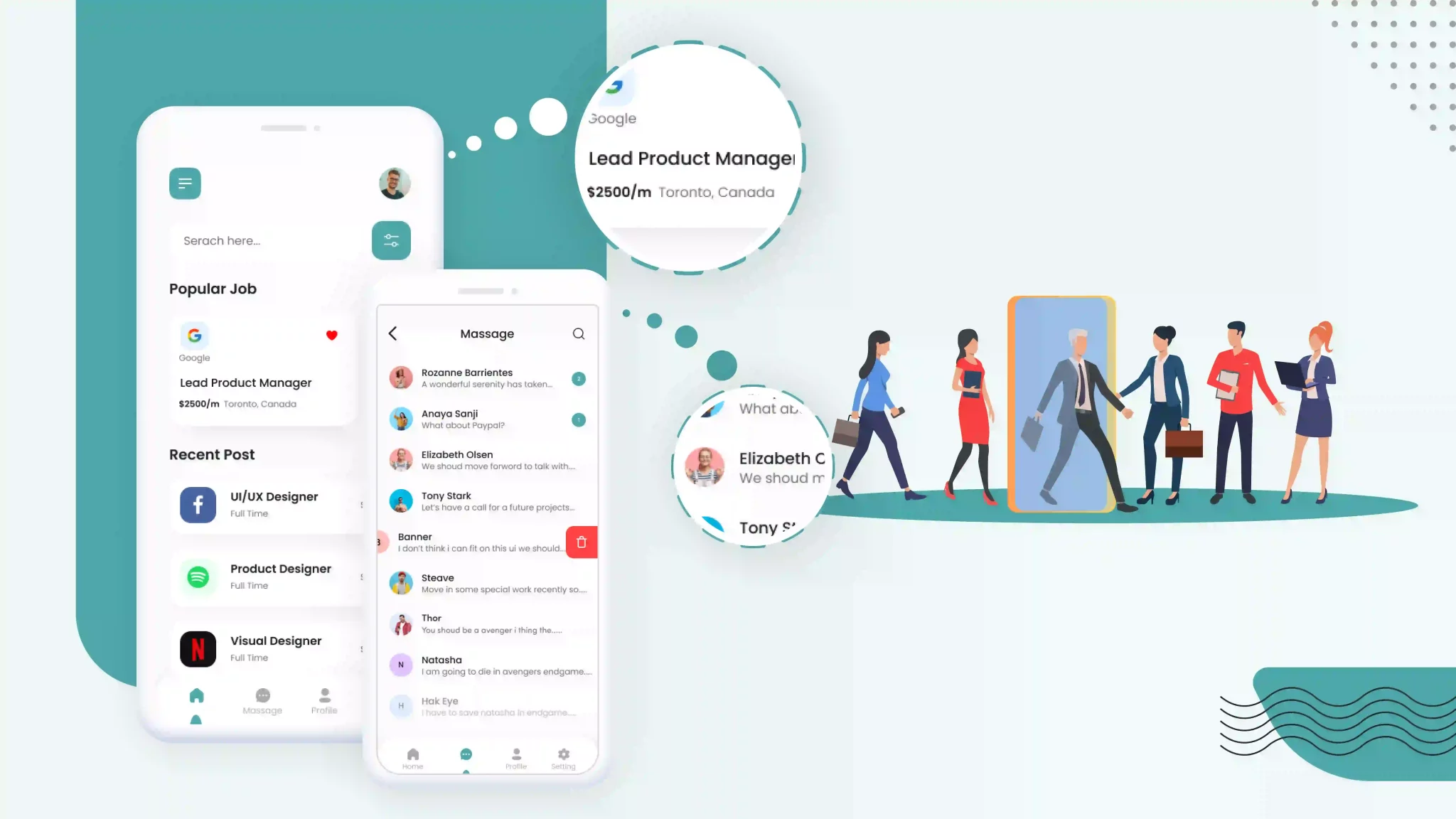In today’s digital age, taxi app development has reshaped the transportation industry, providing passengers with seamless and convenient experiences while offering drivers new opportunities. A successful taxi app goes beyond simply connecting riders with drivers; it incorporates a range of key features and functionalities that enhance user satisfaction, streamline operations, and drive business growth. In this blog post, we will dissect the anatomy of a successful taxi app, exploring the essential features and functionalities that contribute to its success.
User-Friendly Registration and Authentication:
A successful taxi app should offer a simple and hassle-free registration process, allowing users to create accounts quickly. Incorporating options like social media login or phone number verification can enhance convenience and security.
- Real-Time Ride Booking: One of the primary functions of a taxi app is the ability to book rides instantly. The app should provide users with a user-friendly interface to input their pickup and drop-off locations, select the desired vehicle type, and view estimated fares and arrival times.
- UGPS Tracking and Navigation: Integrating GPS technology into the taxi app enables real-time tracking of drivers and provides accurate navigation for both drivers and passengers. This feature enhances transparency, reduces wait times, and ensures efficient route planning.
- Fare Estimation and Payment Options: Users appreciate transparency when it comes to pricing. A successful taxi app should provide a fare estimation feature based on distance, time, and any additional charges. It should also offer multiple payment options, including cashless transactions, such as credit/debit cards, mobile wallets, or in-app payments.
- Rating and Review System: To maintain service quality, a rating and review system allows passengers to provide feedback about their experience with drivers. This feature helps ensure accountability and enables future passengers to make informed decisions when selecting drivers.
- Driver Management System: Efficient management of drivers is crucial for the success of a taxi app. The app should include features for driver registration, verification, and profile management. Additionally, driver availability, trip history, and earnings tracking functionalities contribute to effective driver management.
- In-app Communication:: Smooth communication between drivers and passengers is vital for a seamless ride experience. Incorporating an in-app messaging or calling feature allows drivers and passengers to communicate without sharing personal contact details, ensuring privacy and convenience.
- Safety and Security Measures: Safety is paramount in the taxi industry. A successful taxi app should prioritize safety by incorporating features such as driver background checks, emergency assistance buttons, and SOS alerts. Additionally, integrating vehicle tracking and trip-sharing options can enhance passenger safety.
- Localization and Multi-Language Support: To cater to a diverse user base, a taxi app should support multiple languages and offer localization features. This allows users to interact with the app in their preferred language and ensures a personalized experience.
- Analytics and Reporting: For app administrators and business owners, the ability to gather and analyze data is crucial. An effective taxi app should provide analytics and reporting features to track key performance indicators, assess user behavior, and make data-driven decisions for app enhancements and business growth.
Conclusion
Building a successful taxi app requires careful consideration of its features and functionalities. By incorporating user-friendly registration, real-time ride booking, GPS tracking, transparent fare estimation, rating and review systems, effective driver management, in-app communication, safety measures, localization support, and analytics capabilities, taxi app developers can create an app that delivers an exceptional experience to both passengers and drivers. Remember, the key to success lies in understanding the needs of your target audience, staying updated with industry trends, and continuously improving your app based on user feedback.




